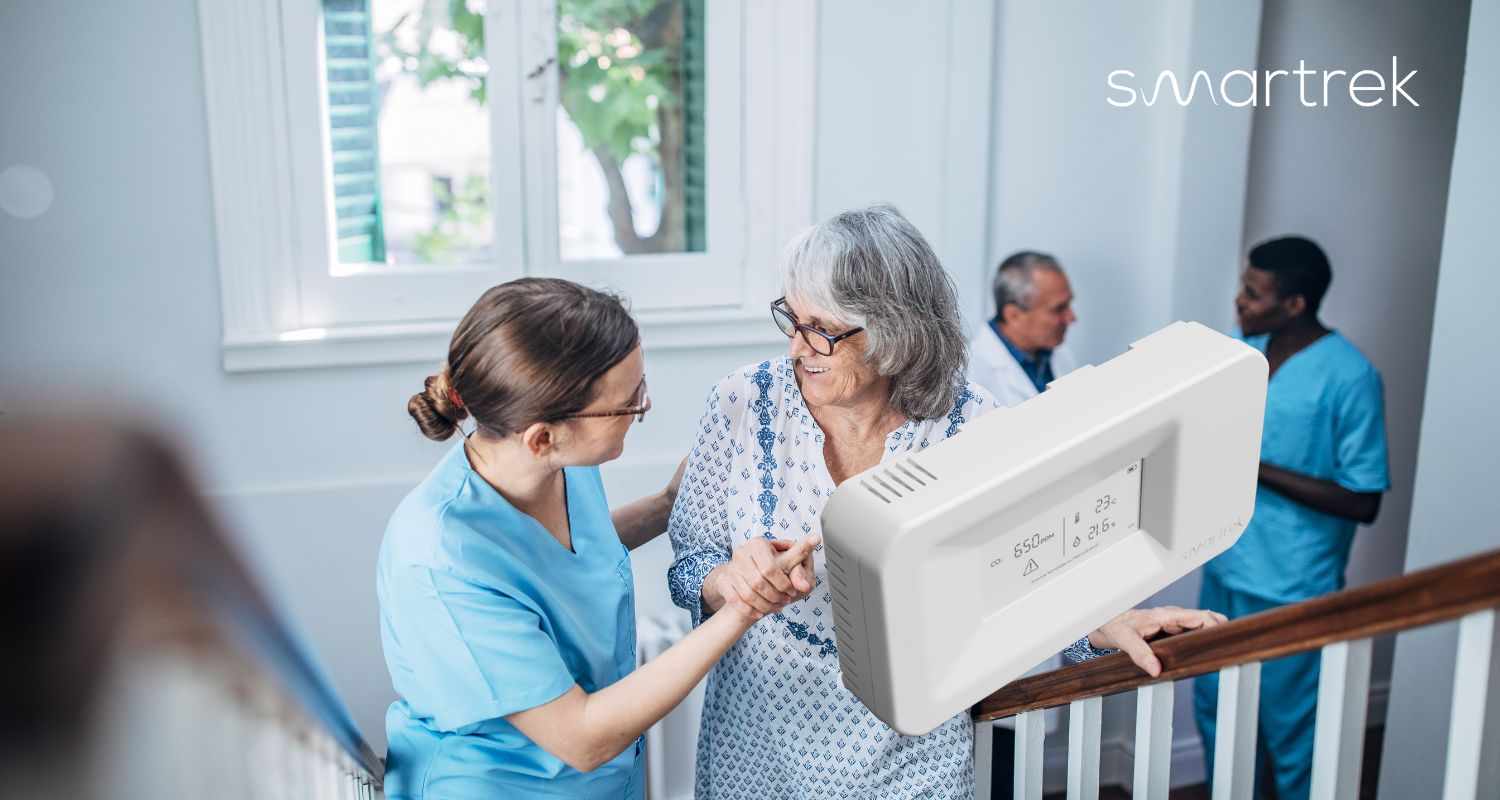Indoor air quality in nursing homes: a critical unmet need
As we age, our immune defenses and lung function deteriorate, and we are also more susceptible to respiratory infections.
In the current situation, keeping the elderly healthy by preventing chronic diseases is a significant concern. This requires a better understanding of the health consequences of environmental factors, including air pollution.
To put this in context, nursing home residents typically spend most of their time indoors, where they are exposed to indoor air pollutants for long periods. In addition, most untreated indoor spaces contain high levels of air pollution. In addition, research on air quality in nursing homes has revealed poor levels of air ventilation and frighteningly high concentrations of dangerous airborne pathogens. As a result, these many elements directly impact the health, well-being, and quality of life of our seniors.
According to the study conducted by the GERIE researchers, “As life expectancy increases, more and more people are living in nursing homes. As we age, the body becomes more vulnerable to the risks associated with air pollution. Reduced physical activity also leads to increased exposure to indoor air pollution.”
The solution to better air quality in our retirement homes
Indoor air quality in nursing homes is currently unregulated, which is of great concern given that the concentration of indoor air pollutants in homes often exceeds international standards for safety and acceptability.
Dr. Isabella Annesi-Maesano, Inserm research director and lead author of the study, says: “Our results show the independent effect of several indoor air pollutants on the lung health of elderly people living in nursing homes. This is a concern because the body’s ability to process harmful air pollutants declines with age. Nursing homes should increase their efforts to reduce indoor air pollution by limiting its sources and improving ventilation in their buildings. Residents’ respiratory health should also be checked regularly.
Due to a lack of cost and available staff, the senior care sector is not rapidly adopting solutions to address this significant issue.
Today, there are tailored, easy-to-use solutions to dramatically improve the quality of life and air in retirement homes.
A recent survey conducted by Delos’ Consumer Insights team examined how senior living communities can gain the trust of their residents – and their families – when it comes to indoor air quality (IAQ), which is proving to be a major concern for seniors.
Smartrek, a solution adapted to the needs of retirement homes
You take control of your environment by implementing the Smartrek Indoor Air Quality Monitor! This state-of-the-art technology will allow you to analyze and precisely control the quality of your air by analyzing room temperature, CO2 levels, and humidity, all of which directly impact the well-being, health, and overall quality of life of our seniors.
Our platform also allows you to view this data quickly and easily, enabling you to make informed decisions that benefit the health of your elderly.
By implementing such technology, you preserve the health of residents and mitigate the loss of revenue due to hospitalizations or transfers.
By understanding your environment, you allow life to settle in comfortably.
Want to know more about how our indoor air quality monitor works?
Source: Indoor air quality, ventilation and respiratory health in elderly residents living in nursing homes in EuropeEur Respir J ERJ-00824-2014; published ahead of print 2015 (abstract accessible en ligne)

Leave A Comment